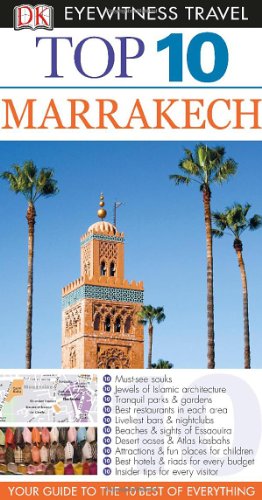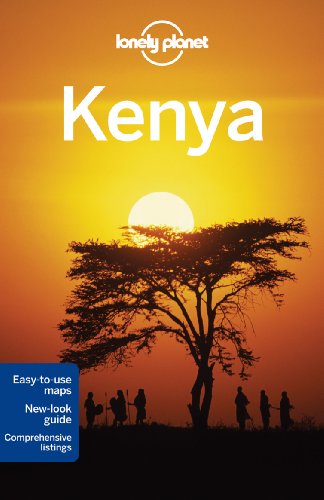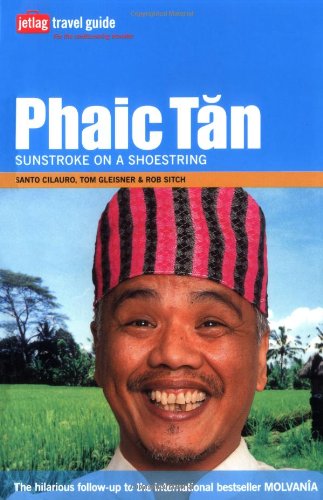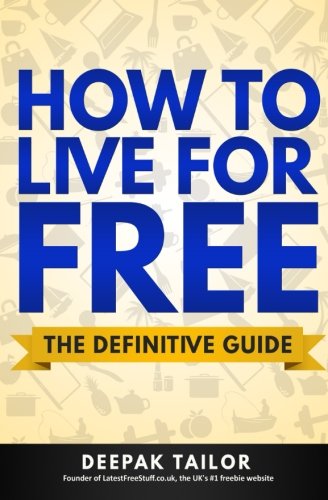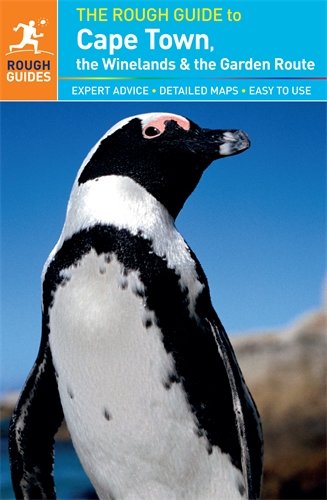
From pre-trip planning to pre-empting and dealing with challenges when away, The Rough Guide to Travel with Babies and Young Children is the ultimate comprehensive guide to hassle-free family travel. With the low-down on everything from planning your itinerary and accommodation to what to bring and how to pack it, the guide is packed with tips on painless travel by plane, car, bus or train, as well how to deal with delays, queues and travel sickness. Insiders’ tips from destinations all around the globe ensure you’ll know what to expect when you arrive. You’ll find thoroughly researched and accessible advice on coping with the challenges once you’re there, from eating out with toddlers to getting enough sleep. Ideal for busy parents, the guide comes complete with listings of resources, websites and further reading, plus handy checklists, first-hand stories and advice from travel industry experts and parents who’ve been there and done it.
This guide amply makes the case that, with proper preparation, globe-trotting can have a transformative effect on the whole family. --Chicago Tribune
This down-to-earth resource for traveling with tykes offers the ultimate blueprint to plan a relatively snarl-proof trip...[D]e Francisco s commonsense, psychologically insightful narrative is an A-to-Z list of travel suggestions and to-dos, from planning, paperwork and packing to tips on traveling by jet, car or train. This guide has you covered from the moment you settle in for your holiday to daily activities and challenges parents face when shepherding children. --Book Page
With a doctorate from the London School of Hygiene and Tropical Medicine, Fawzia Rasheed worked as research scientist with the Medical Research Council (UK) before working in the UN as a Senior Policy Adviser. In the course of her travels and work, Fawzia has taken her children along wherever possible. Her eldest son started his travels at 6 weeks and celebrated his first birthday on his fifth continent.
Most helpful customer reviews
15 of 15 people found the following review helpful.![]() Finally--a great guide for real family travel
Finally--a great guide for real family travel
By Tim Leffel
As the author of several travel books, I often get asked for recommendations on books covering the very different world of traveling with young children. Until now, I've usually sent people to blogs or websites on the subject because none of the books available really covered the subject with any depth. Way too much of the practical advice deals with either car trips to grandma's or well-worn paths to Disney World and Hawaii. What about the people looking for a richer experience?
This book is different. Rough Guides are geared to travelers who want to do more than skim the surface of a destination and this family travel guide goes beyond the simplistic advice about keeping your little ones occupied on the road. Travel with Babies and Young children convinces you that almost anything is possible, but is not afraid to point out the hurdles and sensitivity issues you will encounter along the way. After its 209 pages of advice, rundowns, and stories from other travelers, your family will be ready for whatever the world throws at you all. As someone who got his daughter a passport when she turned three, I found the tips here to be right on the money.
This will be my de facto gift to new mothers and fathers from now on.
12 of 13 people found the following review helpful.![]() Nothing special
Nothing special
By B. Santaro
I've traveled, sans, with, and as a child, and have a multicultural international family so that might bias me, but I didn't find this book to contain any advice that was extraordinary. For those who are visiting someplace far and unfamiliar, some of the information regarding basic customs might be useful, but do parents really need to be told to bring items to entertain kids, or that trains and airports can be interesting place for kids to explore within reason and supervision. This has more common sense broad advice, not detailed from the trenches this is what to do in this location information, and it glazes over broad areas. If you desire something more specific or hidden ideas for actual situations and products look elsewhere.
8 of 9 people found the following review helpful.![]() None of what you need, and everything you don't
None of what you need, and everything you don't
By One Less Road Kill
I guess I was looking for a book with more travel ideas and locations than one that lists the obvious essentials of traveling with a baby. We have a nine month old baby and were hoping to get some ideas on specific baby family destinations, and instead we have a book that lists all of the obvious things you already take with you on a trip to the grocery store. Thanks for the tip on taking diapers and formula on my next trip to Asia?? I have no idea where to stay or what to do once I get to "Asia" but at least I will remember to take my stroller. If your looking for a book full of tips you could easily get in a magazine article this is for you. If you want something more specific I guess for now my best suggestion is google.

